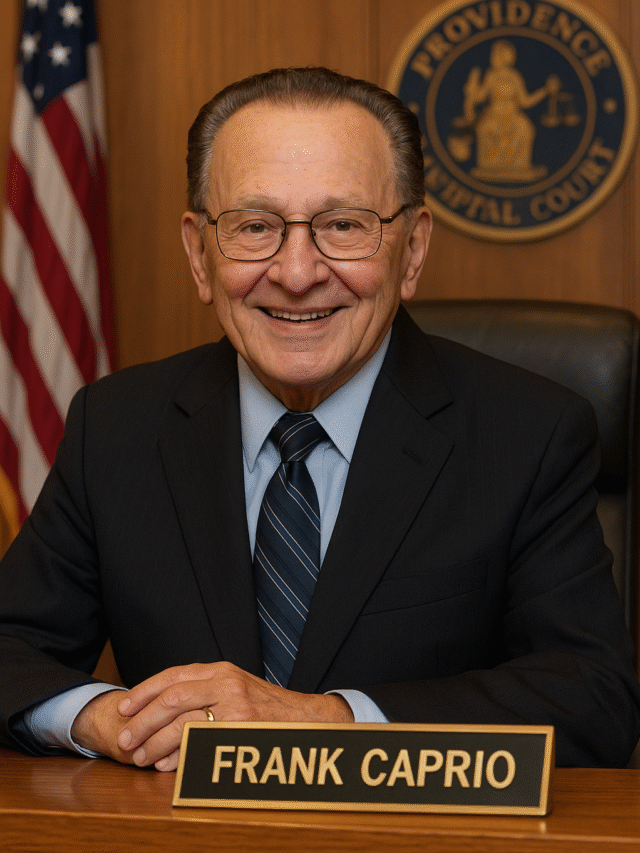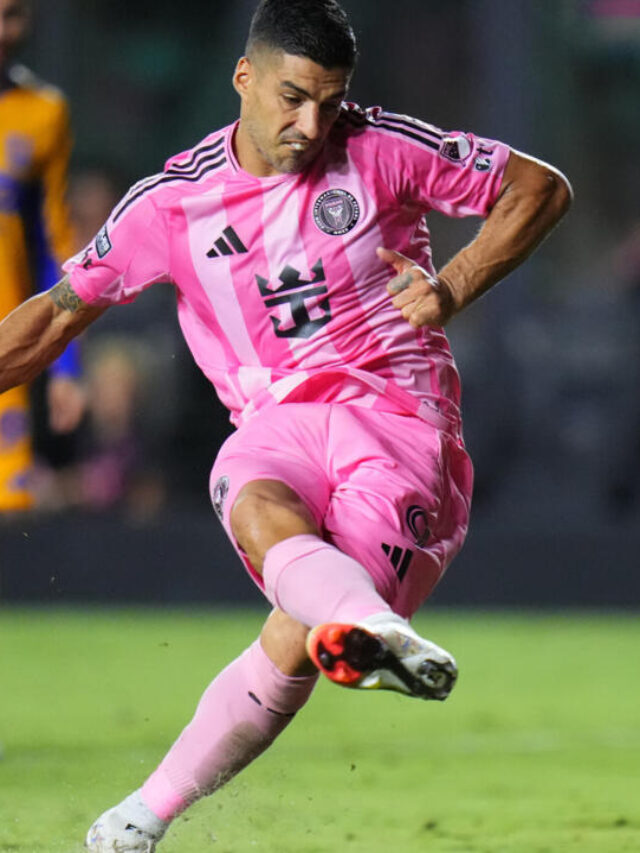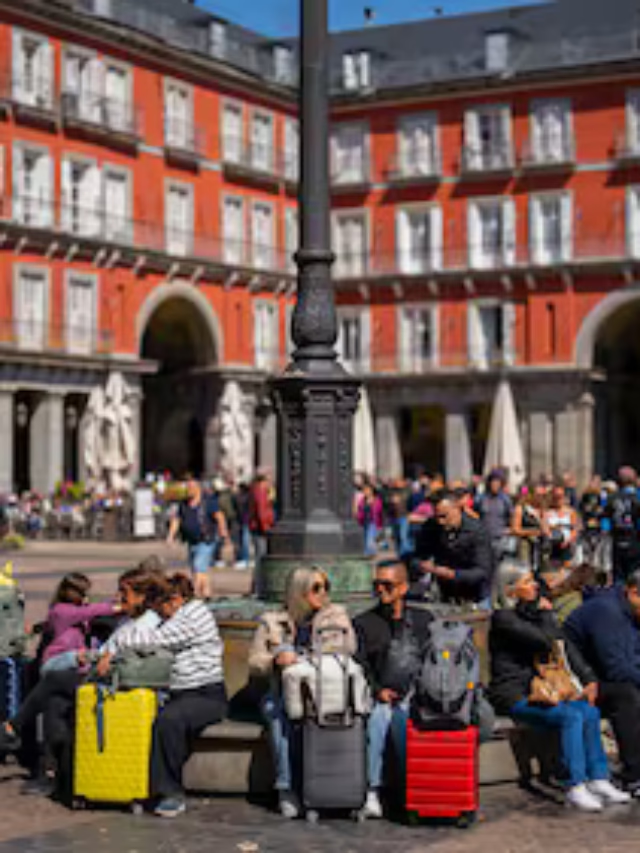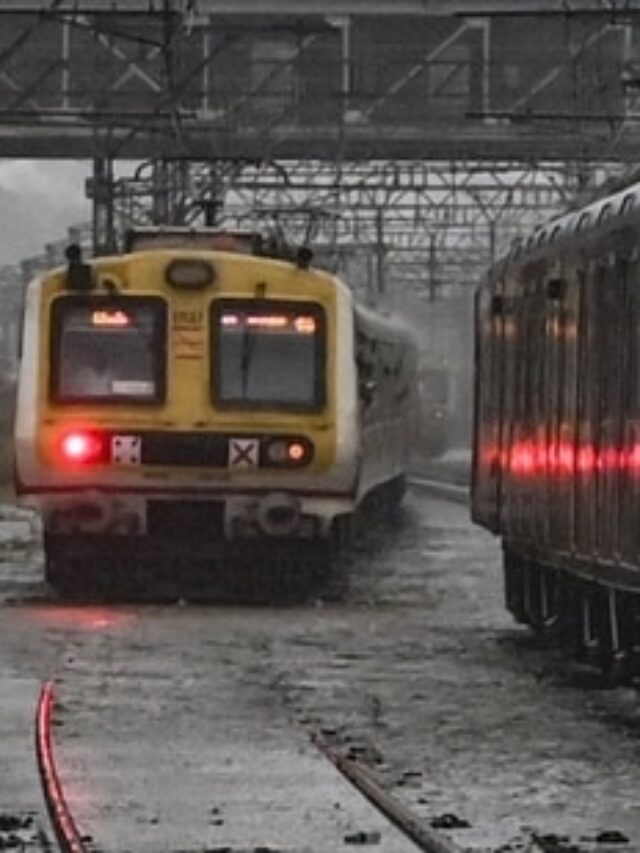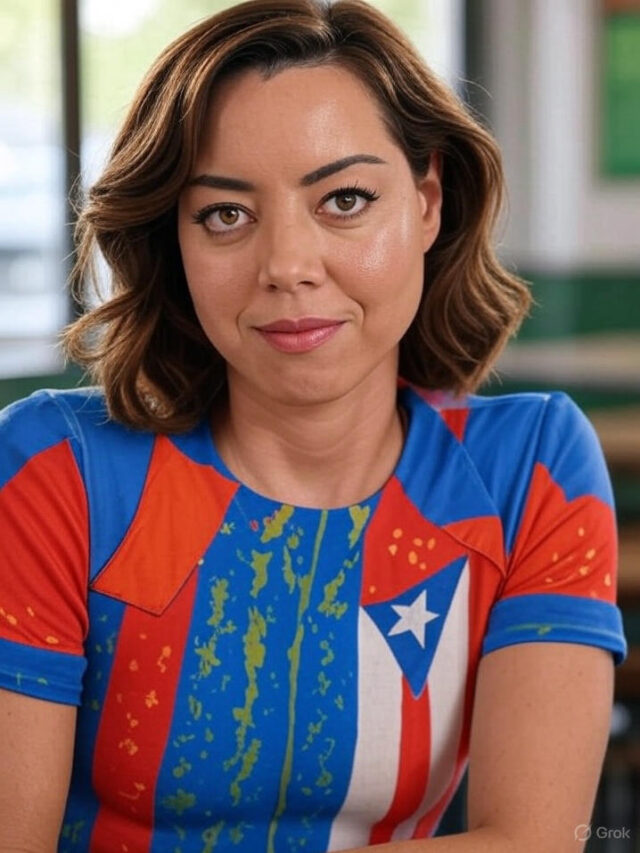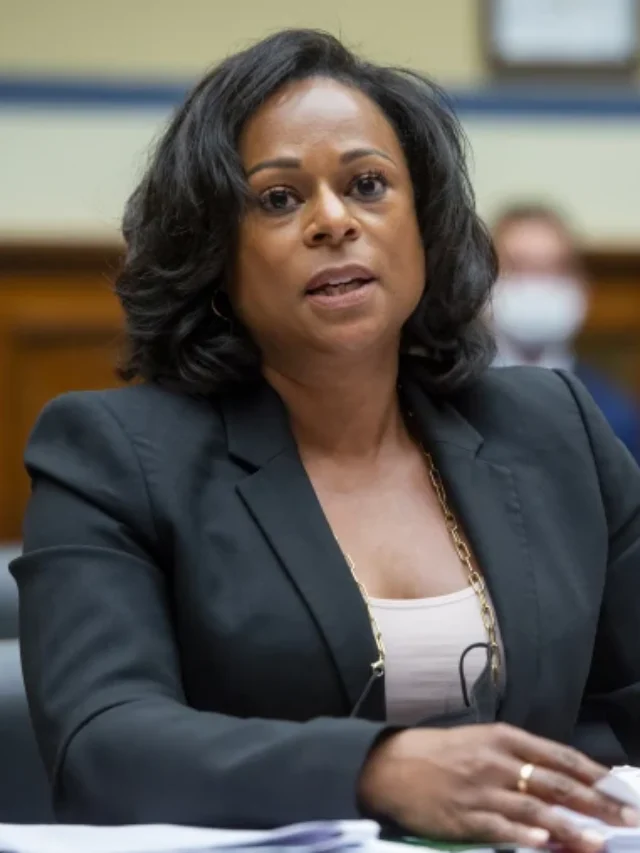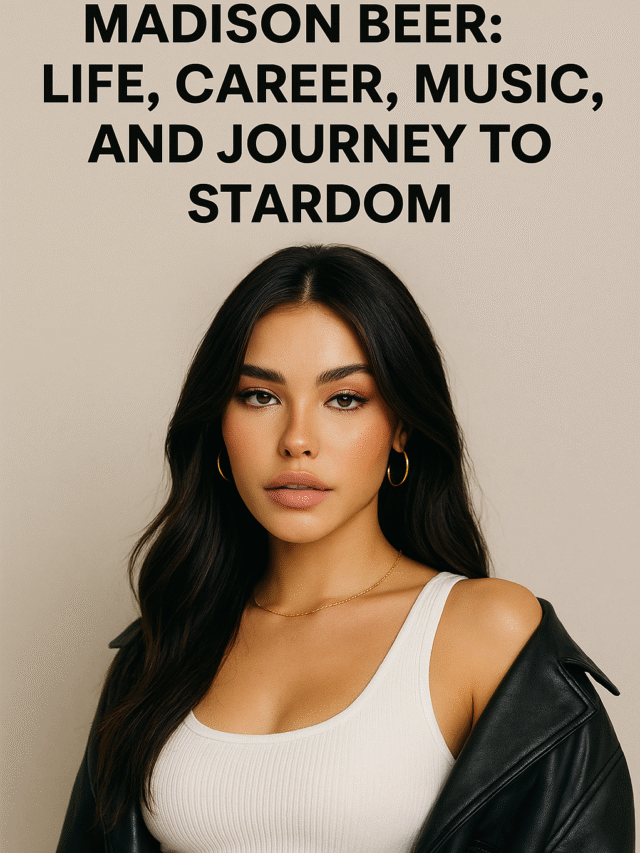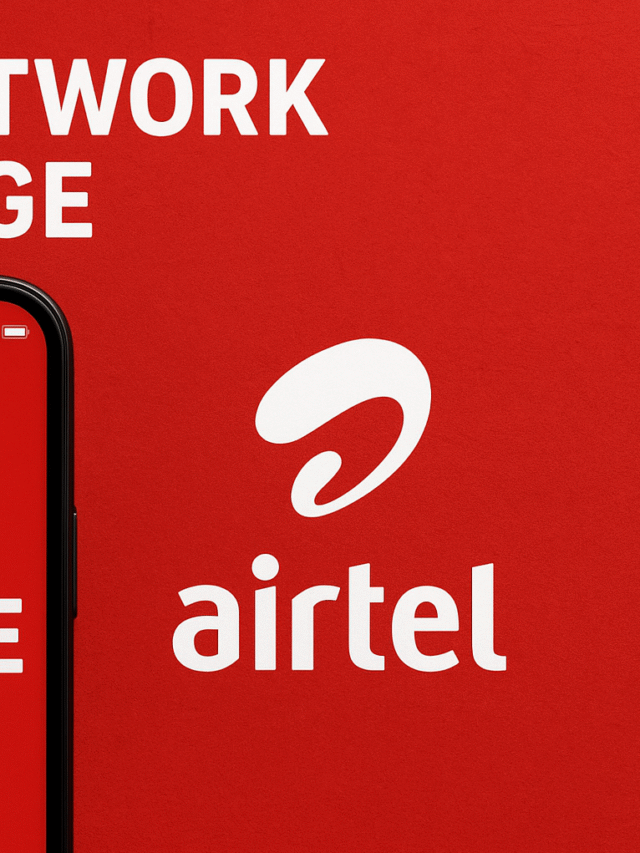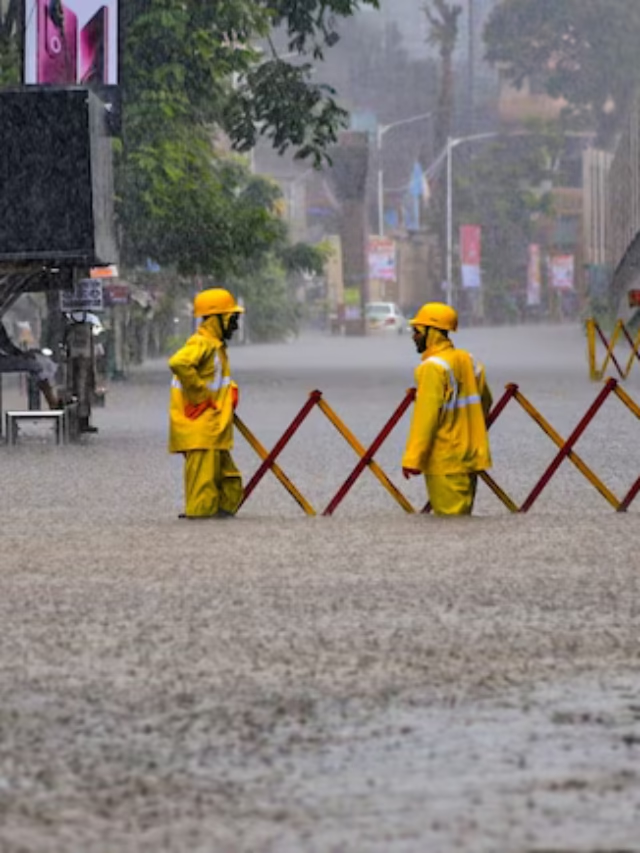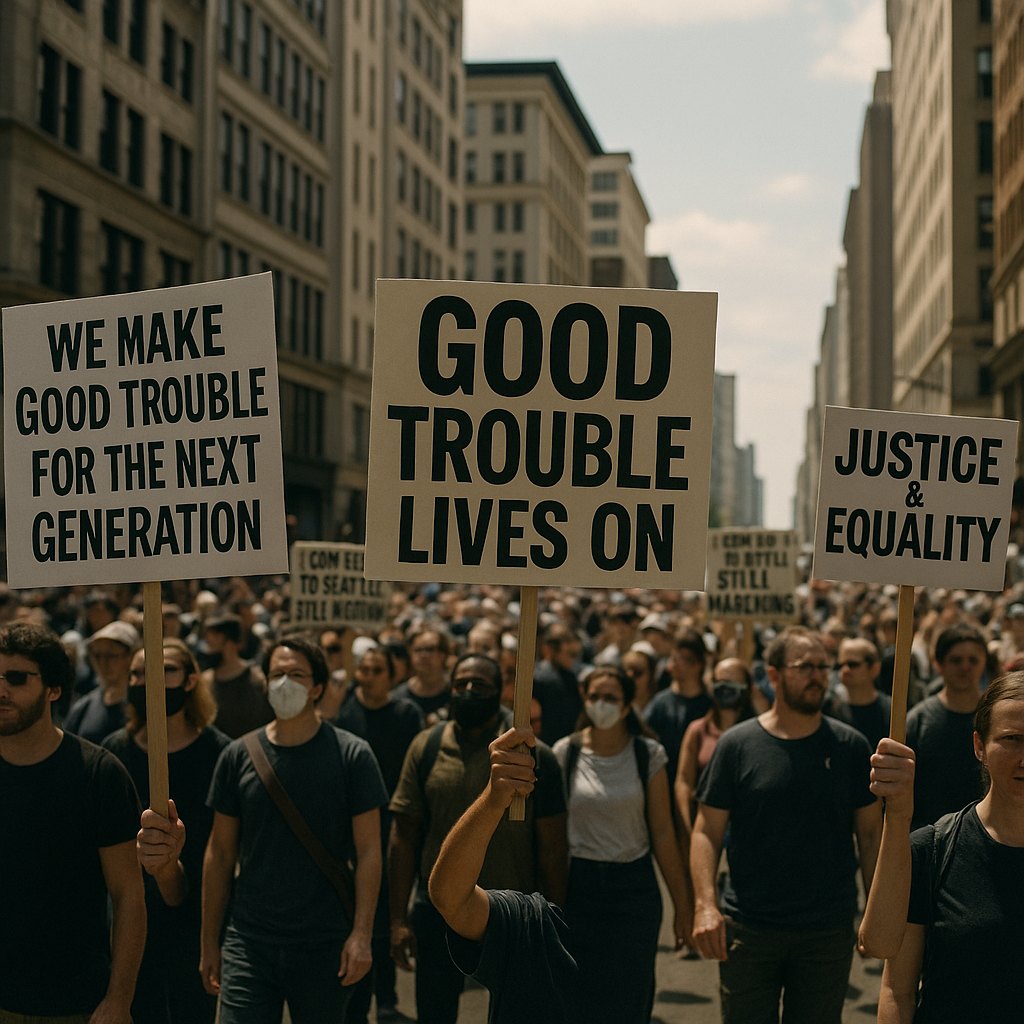
In the summer of 2025, a powerful wave of civil resistance swept across the United States under the banner “Good Trouble Lives On.” What began as a call to action in a few cities soon exploded into a nationwide movement, with peaceful protests organized in over 400 locations, spanning from bustling urban centers to rural communities. The campaign, inspired by the late Congressman John Lewis's famous call to make "good trouble," became one of the largest coordinated acts of civic engagement in recent American history.
The Roots of "Good Trouble"
The phrase Good Trouble Lives On was coined by civil rights icon John Lewis, who believed in peaceful resistance to unjust systems. His legacy has continued to inspire generations, but in 2025, it became more than a slogan—it became a national rallying cry.
The Good Trouble Lives On movement emerged in direct response to growing concerns over federal Good Trouble Lives On under the Trump administration’s second term, including immigration crackdowns, limitations on LGBTQ+ rights, controversial education reforms, and what many consider cultural overreach by the government.
What Sparked the 2025 Protests?
Several triggering events led to the rise of this movement:
- Policy rollbacks affecting immigrant protections and refugee programs.
- Federal interference in local policing and education systems.
- Legal actions against sanctuary cities like New York and San Francisco.
- The confirmation of Alina Habba as Acting U.S. Attorney in New Jersey despite legal objections.
These developments galvanized communities across ideological and cultural lines, leading activists, civil rights organizations, faith leaders, and concerned citizens to Good Trouble Lives On organize in massive numbers.
Scale and Organization
The movement’s scale was unprecedented for a non-election year. Organizers confirmed participation in:
- 280+ cities by July 15
- 400+ cities by the time protests peaked on July 17, 2025
Major protests were seen in:
- New York City – Mass marches down 5th Avenue
- Los Angeles – Candlelight vigils at city hall
- Atlanta – Sit-ins at government buildings
- Chicago, Seattle, Austin – School walkouts and community gatherings
The coordination was primarily managed by organizations like Indivisible, Women’s March, and newer coalitions such as the 50501 Movement. These groups used social media, encrypted group chats, and online resource kits to mobilize thousands in a matter of days.
Nonviolent and Inclusive
One of the most notable aspects of the Good Trouble Lives On movement was its strict adherence to nonviolent protest. Participants were encouraged to engage in peaceful marches, sit-ins, and artistic expressions like spoken word, murals, and prayer circles.
The movement also stood out for its diversity. Protesters included:
- High school and college students
- Veterans and retired civil servants
- Faith leaders from Christian, Jewish, Muslim, and other communities
- Immigrants, LGBTQ+ individuals, and labor unions
This wide range of participation illustrated the unifying power of a shared desire for justice, democracy, and constitutional accountability.
Echoes of the Past: A Modern Civil Rights Movement
Analysts and historians are already comparing Good Trouble Lives On to the Civil Rights Movement of the 1960s. The parallels are unmistakable—from the focus on nonviolence and public disruption to the strategic use of marches and boycotts. Many see the movement as a spiritual successor to earlier efforts, with John Lewis' legacy being the symbolic torchbearer.
Protesters carried signs reading:
“We make good trouble for the next generation.”
“From Selma to Seattle—still marching.”
Some even recreated the historic Selma marches in Alabama, retracing the steps of civil rights heroes while bringing attention to new threats to justice and equity.
Political Reactions
While progressive lawmakers applauded the protests as democracy in action, others responded with criticism. Former President Donald Trump referred to the demonstrations as “a threat to law and order,” prompting governors in some red states to deploy National Guard units.
In contrast, leaders like Rep. Alexandria Ocasio-Cortez and Sen. Raphael Warnock praised the demonstrators and urged the federal government to take their message seriously.
Media and Global Coverage
The protests received global attention. News outlets from the UK, India, France, and Australia covered the events extensively. Hashtags like #GoodTrouble2025 and #MarchForJustice trended worldwide on platforms such as X (formerly Twitter), Instagram, and TikTok.
Live videos of the marches garnered millions of views . Influencers, artists, and celebrities—including Billie Eilish, Lin-Manuel Miranda, and Ava DuVernay—voiced their support, helping the movement gain further visibility.
What Happens Next?
The movement's organizers have signaled that the July protests are just the beginning. Upcoming initiatives include:
- Voter registration drives ahead of the 2026 midterms
- Policy advocacy for reforms in immigration, healthcare, and education
- Community training workshops on civic engagement and rights protection
There’s also a growing push to establish an annual National Good Trouble Day in honor of John Lewis, where Americans reflect on the importance of constructive civic resistance.
Final Thoughts
The “Good Trouble Lives On” movement marks a pivotal moment inAmerican history—a reminder that democracy is not static but a living, evolving force that requires the constant effort of its people. Whether it leads to legislative change or simply reignites public consciousness, one thing is clear: the spirit of good trouble is alive and well in 2025.
As John Lewis said, “Get in good trouble, necessary trouble, and help redeem the soul of America.” That’s exactly what millions set out to do this July, and the ripple effect is just beginning.
